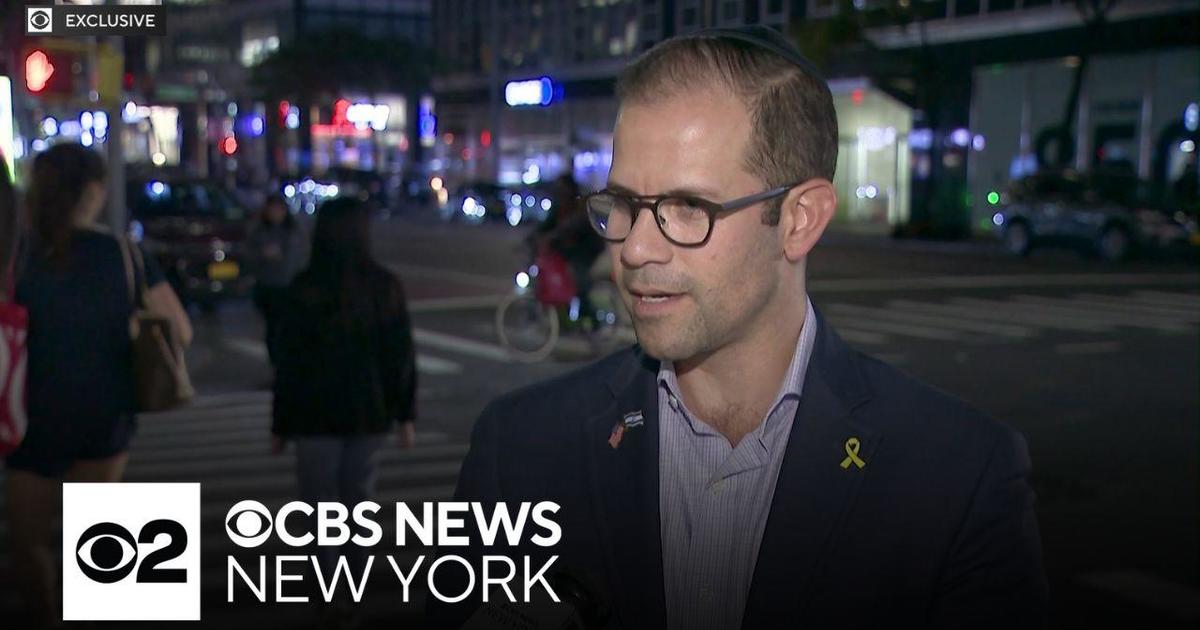Mishenichnas Adar, marbim b’simcha, “When the month of Adar arrives we increase in joy.”
Although Rosh Chodesh Adar brings with it a unique joy each year, this year in particular, Adar ushers in a month of pure joy for me and my family. Baruch Hashem, by the time you will be reading this article, we will have celebrated my daughter’s becoming a bat mitzvah. I had the privilege of learning Megillat Esther with my daughter to prepare for her special day, and per her interest we explored a fascinating question that arises in the very first pasuk of the Megillah. The Megillah begins:
“Vayehi bimei Achashverosh hu Achashverosh hamolech meiHodu v’ad Kush, sheva v’esrim umeah medinah.”
“It happened in the days of Ahasuerus—that Ahasuerus ruled over a hundred and twenty-seven provinces from India to Nubia.”
We were immediately struck by the number 127; it reminded us of the age Sarah was at the time of her petirah. The pasuk in Bereishit says:
“Vayihiyu chayei Sarah meah shana v’esrim shana v’sheva shanim, shnei chayei Sarah.”
“And the life of Sarah was 100 years, and 20years, and seven years, the years of the life of Sarah.”
We know that both in Torah and in life there are no coincidences. What is the connection between the number 127 appearing in two totally different places in Torah, and in time? We believed that the number 127 appearing in reference both to Sarah and to Esther must indicate to us that there is a deeper connection between Sarah and Esther.
We discovered a fascinating midrash in Bereishit Rabba that addresses this very question and explains the mysterious connection. The midrash describes Rabbi Akiva waking up his drowsy students by teaching them that Esther merited to rule over 127 countries as a result of Sarah’s life.
We understand from this midrash that the two are indeed linked, but what is the underlying connection between Sarah and Esther?
Rashi’s peirush on the pasuk in Bereishit clarifies the mysterious connection. On the words “shnei chayei Sarah,” Rashi explains, “Kulan shavin l’tovah.” Rashi explains that all of Sarah’s years were equal in goodness.
What can Rashi mean by this? We know that Sarah’s experience was anything but equally good throughout her life. The stories in Tanach show her pain and suffering: Sarah was taken by two kings, was unable to have children until age 90, all while watching Hagar have children easily and disrupt her home. When Sarah finally gave birth to Yitzchak she was able to enjoy some good years, but these were greatly outnumbered by the bad years.
These were serious challenges; it is hard to understand how they can be considered by Rashi as “good” years?!
We discovered an incredible insight that resolves the apparent conflict in Rashi’s peirush.
On a deeper level, when Rashi states that Sarah’s years were “equal in goodness,” he alludes to us that Sarah herself viewed all the years of her life as equal. Sarah recognized that the challenges and suffering in her life were also from Hashem, and therefore she viewed the difficult years of her life in the same way as the joyous years—as equally good.
It was Sarah’s life view and attitude that gave Esther the inner strength and fortitude, and empowered her to face the challenges in her own life. Esther experienced significant challenges in her life: orphaned from a young age, forced to marry a non-Jewish king, and the pressure and risk of her nation being destroyed by the wicked Haman. The inner strength and courage that Esther required to risk her life to save her people, to enter Achashveirosh’s throne room uninvited and risk death was a lesson she learned from Sarah. This is what Rabbi Akiva alludes to in the midrash in Bereishit Rabba. Esther was able to view even these most difficult obstacles as “good”—meaning Esther understood they were from Hashem, the good and the bad. She understood that Hashem was with her through it all.
When we understand that the challenges we face, whether big or small, are essential pieces in a person’s life, and that they are directly from Hashem, we can embrace the challenges as gifts from Hashem. We realize that every test, as well as every blessing, are intended for us.
This perspective that we learn from Sarah and Esther empowers us to allow blessing into our lives instead of getting caught up in the obstacles.
In times of challenge, when I am able to remember that Hashem is there with me, and that whatever I am facing is part of His master plan too, it makes room for God to work everything out, as He always does. God is the master planner.
This is the lesson of our matriarch and Purim heroine: This attitude and perspective, which comes from our deep-rooted emunah that everything comes from God, good and bad, empowers us to overcome obstacles, face our fears and allow blessing into our lives, just as Sarah and Esther did.
I wish for all of us that we can find the courage and emunah peshuta, to remember and believe with full certainty, that all is from Hashem; if it hasn’t yet ended well it’s not over yet, because everything from Hashem ends well for us!
A freilichen Purim!
Alanna Apfel is the founder and patient advocate at AA Insurance Advocacy, which helps therapy patients, individuals, couples and children save thousands of dollars annually on their out-of-network mental-health therapy bills. In the months that AA Insurance
Advocacy has been advocating on behalf of patients, clients have collected anywhere from $5,000 to $45,000 a year in reimbursements, depending on the cost and frequency of therapy. If your preferred therapist doesn’t take your health insurance, we can help negotiate with your plan to cover your out-of-pocket therapy costs. For further information, please contact [email protected].










